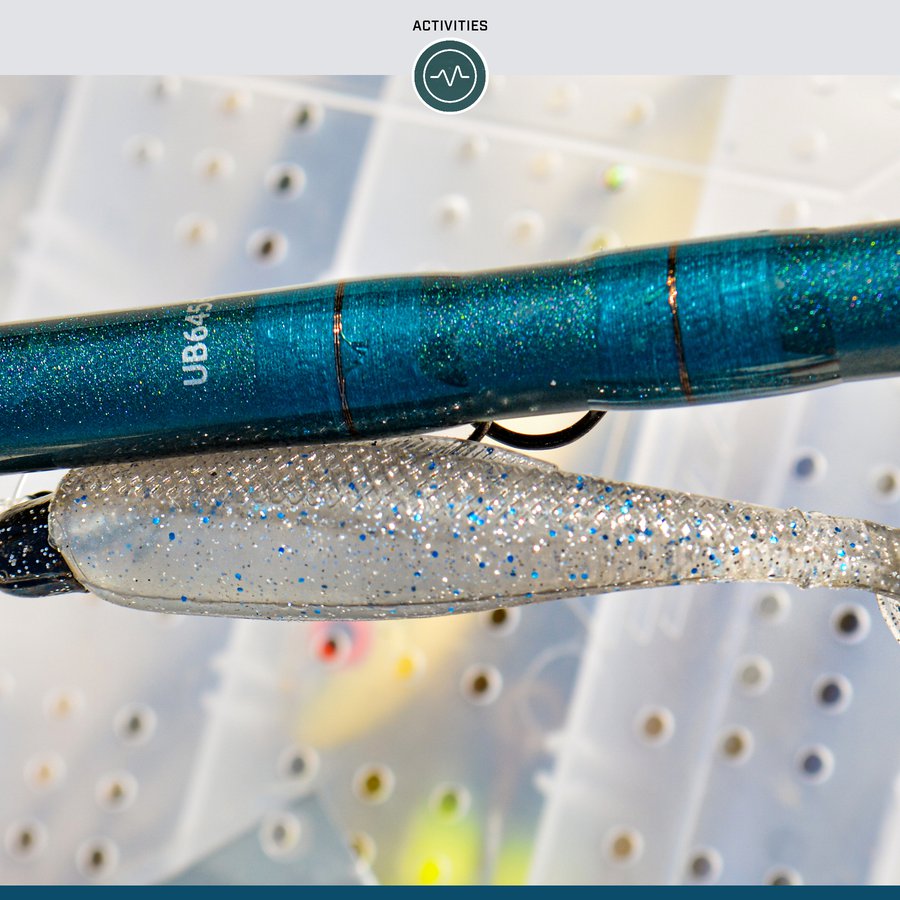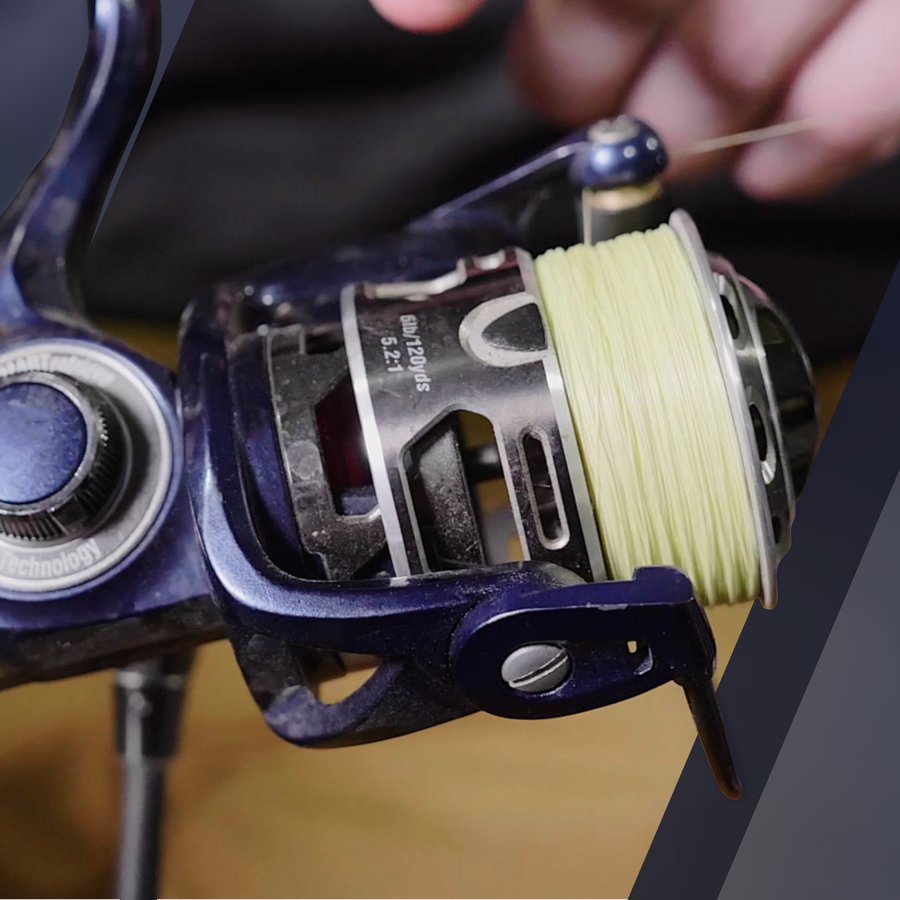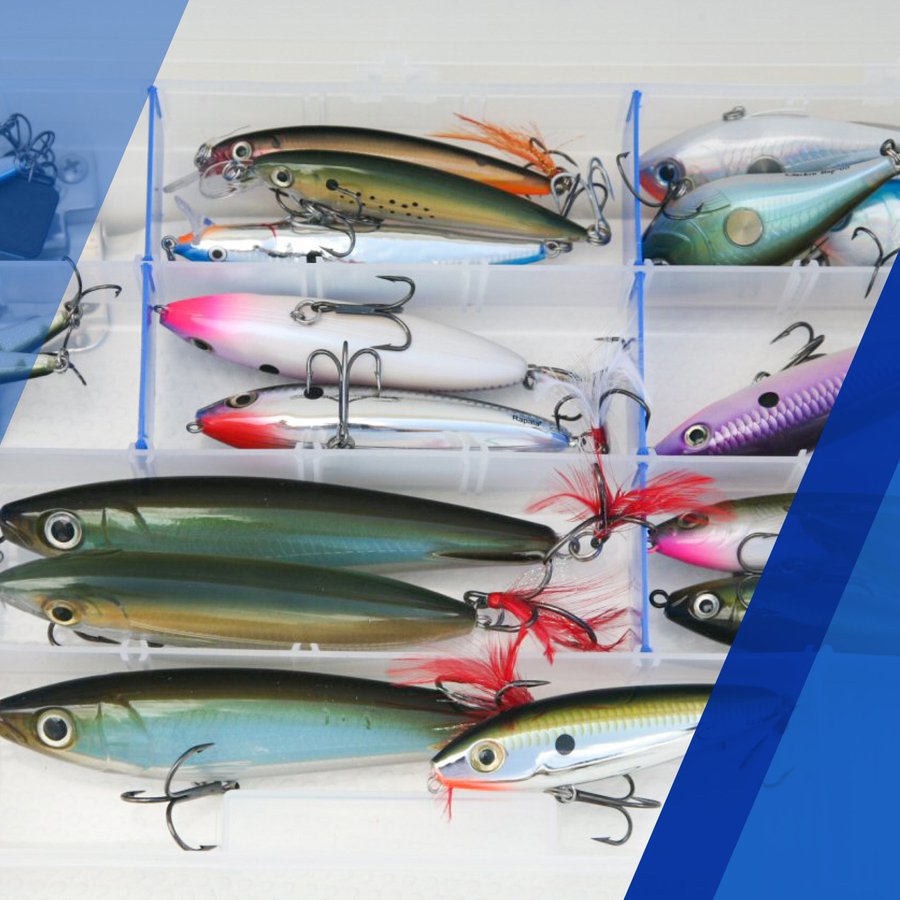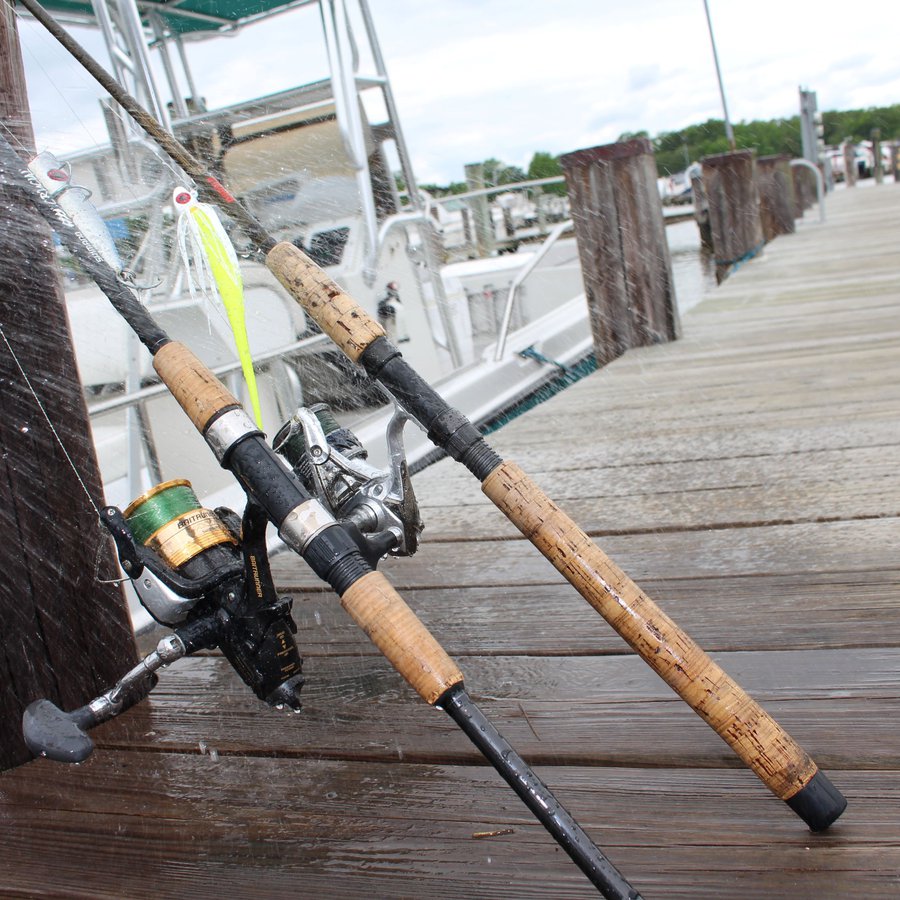Choosing the right style of hook is a critical aspect of a successful fishing outing, and these days, a circle hook is one of the best options for fishing live bait. And for good reason. Characterized by their round, circular shape with a hook point that points back toward the shank, circle hooks are highly effective, simple to use and, in many cases, better for the fish. That’s because they’re effective at hooking fish in the corner of the mouth, where release is easier, rather than deep in the throat or – even worse – in the gut.
In fact, circle hooks are now legally mandated in some fisheries due to the reduction in deep hookings often seen with their use. This can vary widely by species, but the use of non-offset (meaning the point is in line with the shank) circle hooks when fishing with bait has been shown to reduce deep-hooking incidents by up to four times with species such as striped bass and billfish, and by half with walleye.
In many cases, the use of circle hooks also increases the ratio of strikes to solid hookups. But – and this is a big but – if you try to fish them in the same way as J-hooks your hookup ratio will plummet.
The biggest difference between using circle hooks and J-hooks comes at the strike. With a J-hook, when a fish bites, a traditional highly forceful hookset is the norm to drive the hook home. Try that with a circle hook on the end of your line, and you’ll yank the hook right out of the fish’s mouth. Instead, you need to wait until the fish begins to swim off with the bait and hook in its mouth, then gradually apply pressure. The more gradual and slower the increase in tension, the more likely you’ll get a good hookset.
If a fish grabs a bait and sits there, you need to slowly take in line to increase the pressure. If a fish grabs it and darts off, on the other hand, do whatever is necessary with the gear being used to make sure the application of pressure is as slow as possible. You may want to smoothly drop the rod tip back toward the fish, for example, to make sure tension comes into the line slowly instead of suddenly.
This change in hook-setting tactics is necessary due to the way a circle hook works. The curved tip slides right across the inside of the fish’s mouth until reaching the corner of the jaw. Then the tip catches and rotates the hook as it seats securely in place. If you yank on the rod before this happens, you’ll pull the hook straight out of the fish’s mouth and the tip will never gain purchase.
Part of using a circle hook to its fullest advantage also depends on using the proper gear. Slow-action rods and monofilament line tend to work much better with circle hooks than fast-action rods and braided line. The bend in the rod tip and the stretch in the monofilament help to absorb any initial shock and lengthen the time it takes for maximum pressure to be applied, even when a fish swims off quickly after taking the bait.
Fishing with circle hooks certainly takes some getting used to, and many experienced anglers who are on a hook-setting hair trigger have a tough time holding back long enough for a circle hook to do its thing. For that reason, many people find it most effective to choose a long, limber rod and a reel spooled with monofilament, set the bait out, then place the rod in a holder and force themselves not to touch it until a fish is taking drag. That may not be quite as exciting as a high-impact hookset, but the scientific studies tell us that for many species it’s the best way to reduce deep-hooking and mortality in the fish we release.























